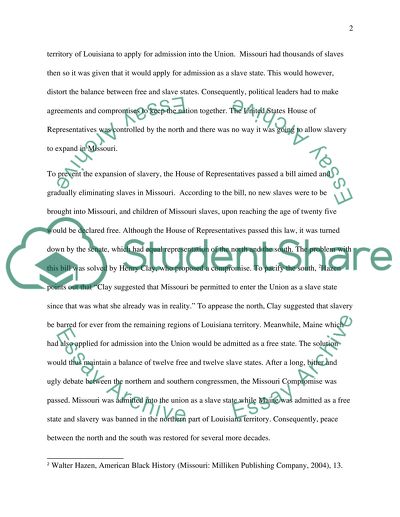Cite this document
(“Events that left to the Civil War Essay Example | Topics and Well Written Essays - 1500 words”, n.d.)
Retrieved from https://studentshare.org/history/1458215-events-that-left-to-the-civil-war
Retrieved from https://studentshare.org/history/1458215-events-that-left-to-the-civil-war
(Events That Left to the Civil War Essay Example | Topics and Well Written Essays - 1500 Words)
https://studentshare.org/history/1458215-events-that-left-to-the-civil-war.
https://studentshare.org/history/1458215-events-that-left-to-the-civil-war.
“Events That Left to the Civil War Essay Example | Topics and Well Written Essays - 1500 Words”, n.d. https://studentshare.org/history/1458215-events-that-left-to-the-civil-war.


